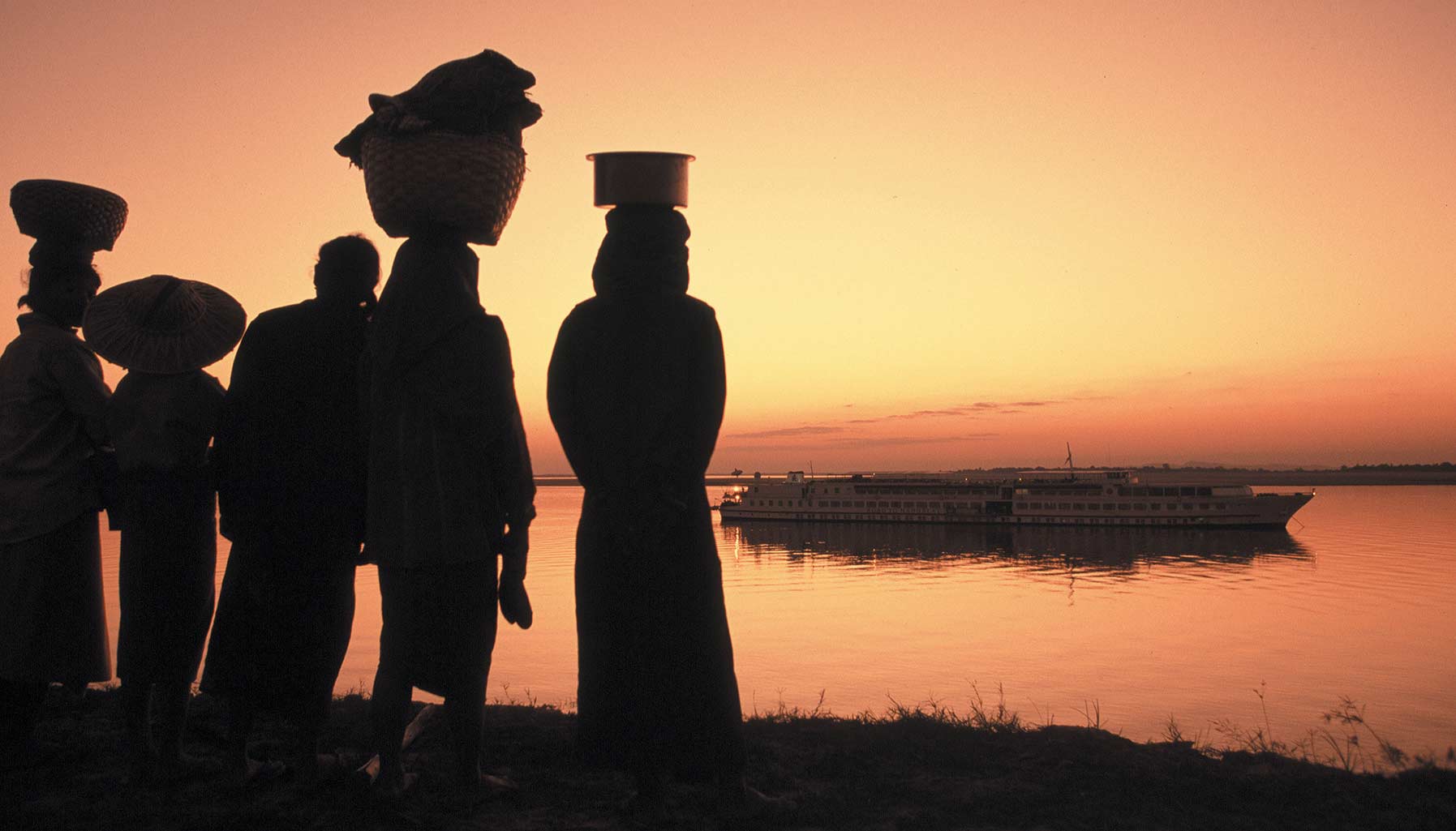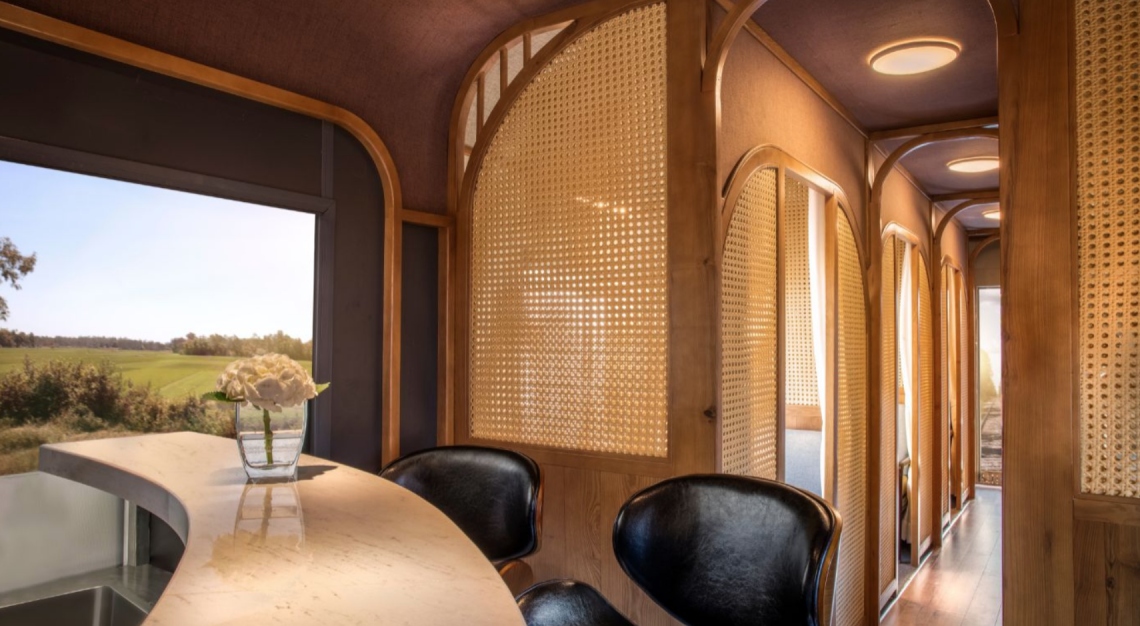Château d’Arche, founded in 1580 and managed by different owners through the years, is blessed with one of the finest terroirs in Sauternes
The French don’t typically like dubbing it a dessert wine, but call it what you want, the sweet, palate-cleansing wine that is Sauternes is delicious not just with sweet treats, but spicy Asian dishes. Now, isn’t that appealing for the average Singaporean. Brought to you by a small appellation in Bordeaux, Sauternes typically boasts a smooth viscosity with notes of apricot, honey and butterscotch, and a golden-yellow hue that deepens as time goes by. It is a labour of love made from handpicked grapes (mostly sémillon) affected by botrytis cinerea (a fungus known as ‘noble rot‘), as explained by Solène Loutter, a business developer at Château d’Arche, one of the region’s older estates. Château d’Arche, located on a hill of gravel and limestone-clay, has one of the finest terroirs in Sauternes and a good bet for anyone interested in beginning their sweet, sweet journey. Loutter offers a little more insight to the wine, château and region.
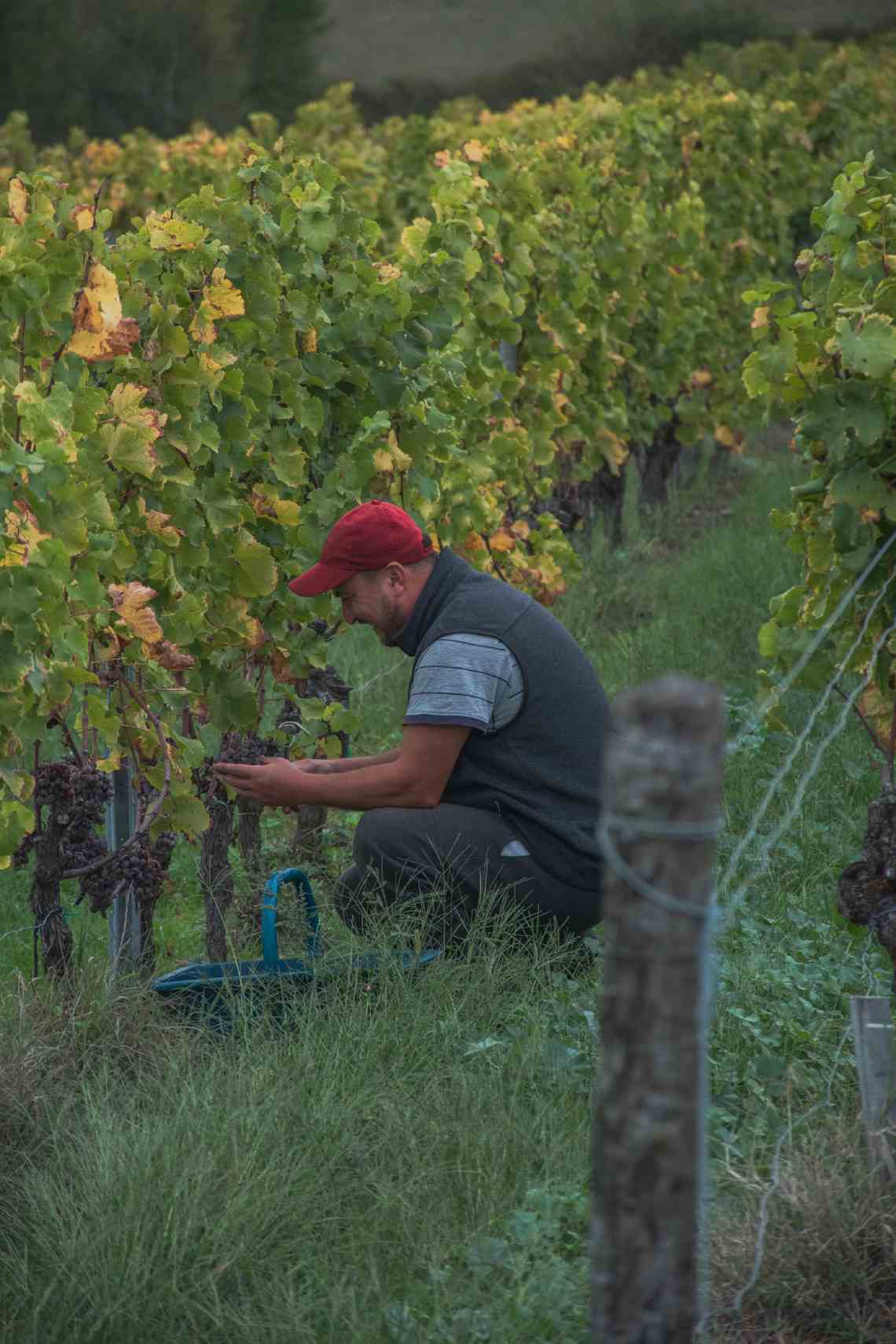
What makes Sauternes so unique and the most distinctive wine on the planet?
Sauternes is a modern wine that requires ecological production and integration of a climatic phenomenon. Thanks to a rather cold river called the Ciron, which takes its source from the moors and which flows under shade, fog is created in the autumn over the whole vineyard. This mist provokes the creation of a fungus called botrytis cinerea, which [desiccates the grapes and increases the concentration of the sugar], and thus magnifying the taste and quality of the grapes. This process is unique in the world and it is this that distinguishes Sauternes from other wines in the world.
What makes every vintage a challenge to make?
Making Sauternes is a complex process amplified by the different challenges: will the grapes be ripe when the mists arrive? How will the fungus develop? Will the harvest be done at the right time? Will the right aromas be present? All the elements make the cost of production higher than that of other wines.
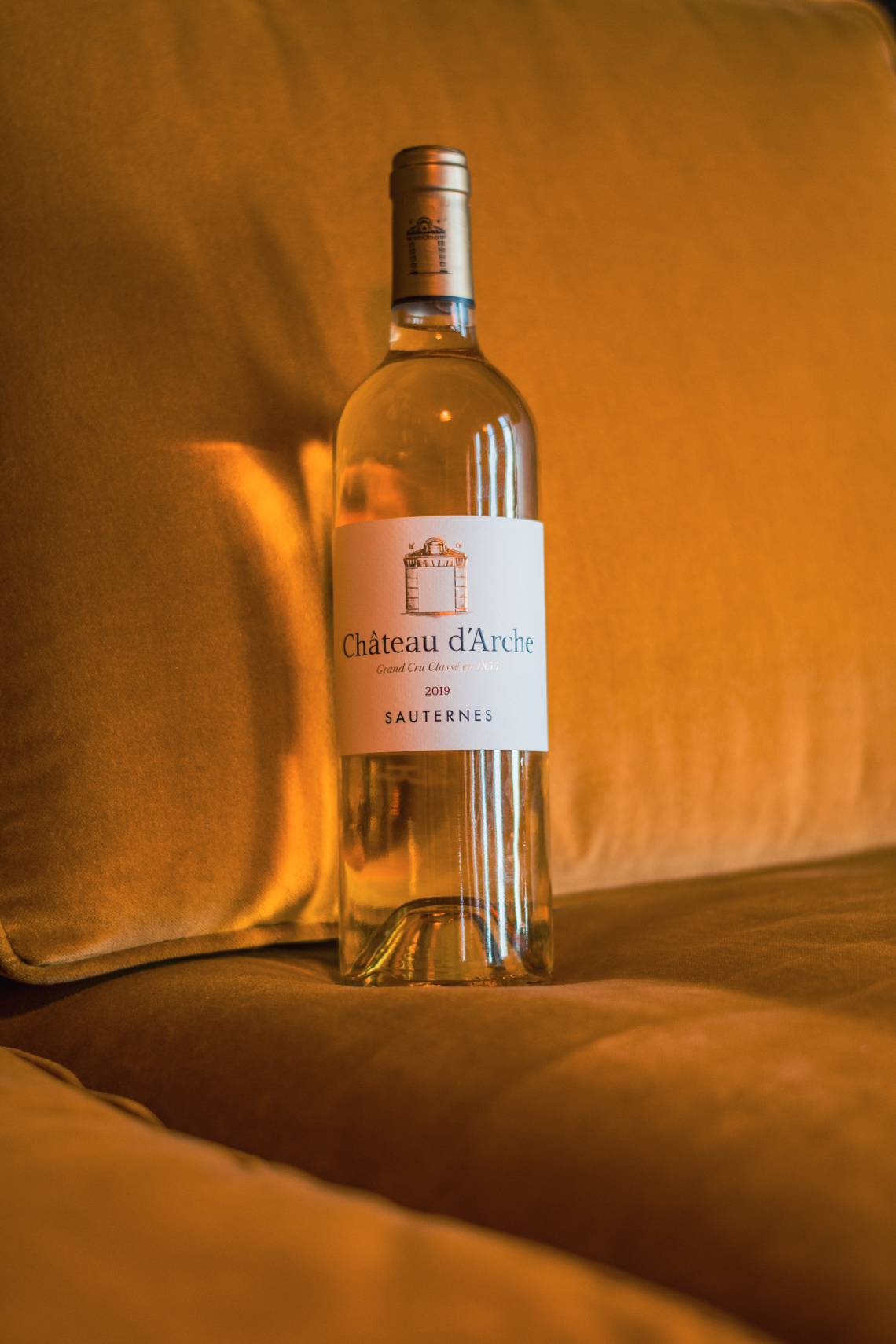
In Château d’Arche’s history, what’s the best memory that it has to date?
The best memory would be our 2022 production. During a drought that lasted from April to the end of August, the vineyard remained green and full. This is explained by the presence of red clay that kept the water table less than six metres from the vine in the ground. The fogs came at the right moment for the bunches to develop botrytis. Of course, it is too early to know what the 2022 vintage will be, but everything is in place to obtain an exceptional vintage. We are also looking forward to this year’s harvest. In the history of Sauternes, the years ending with ‘three’ have usually been remarkable; the 1893, 1983 and 2003 vintages, with the exception of 2013.
All the horseback ploughing must have helped, too.
Horses allow us to avoid the compaction caused by tractors; thermal engines give off vapours and noise that are harmful to the environment and development of the grapes. Our ancestors understood this well and we are happy to return to tradition. It also helps that our soil is, at all points, free from pesticides.
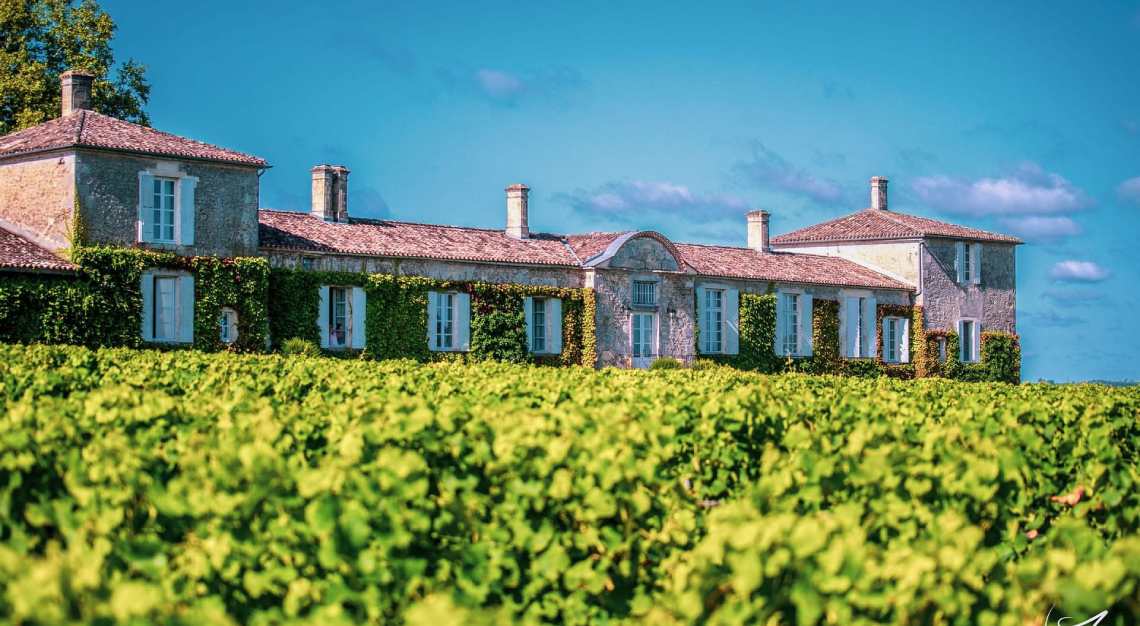
When one visits Château d’Arche, what should one do?
Settle down and spend three days at our hotel, where you will be able to enjoy the beauty, mild climate and starry nights. Visit the winery and learn about the creation of the wine (the Arche 1855 tour allows you to discover five different vintages), the exceptional touch of its harvest and the ecological approach that has been around since 2010. Feel good and be inspired by the strong ideas of ecology at the end of your stay.
What else is there to do besides drinking wine?
We are surrounded by exceptional restaurants within a 10km radius—the two-Michelin-starred Restaurant Lalique at Château Lafaurie-Peyraguey, and the one-starred Maison Claude Darroze in Langon. You can also go angling on the Ciron, ride a kayak, go horseback riding through vineyards and forests, or if you’re here in February, you can attend the Fête des Bœufs Gras in Bazas. We recommend renting a bicycle to get around.


